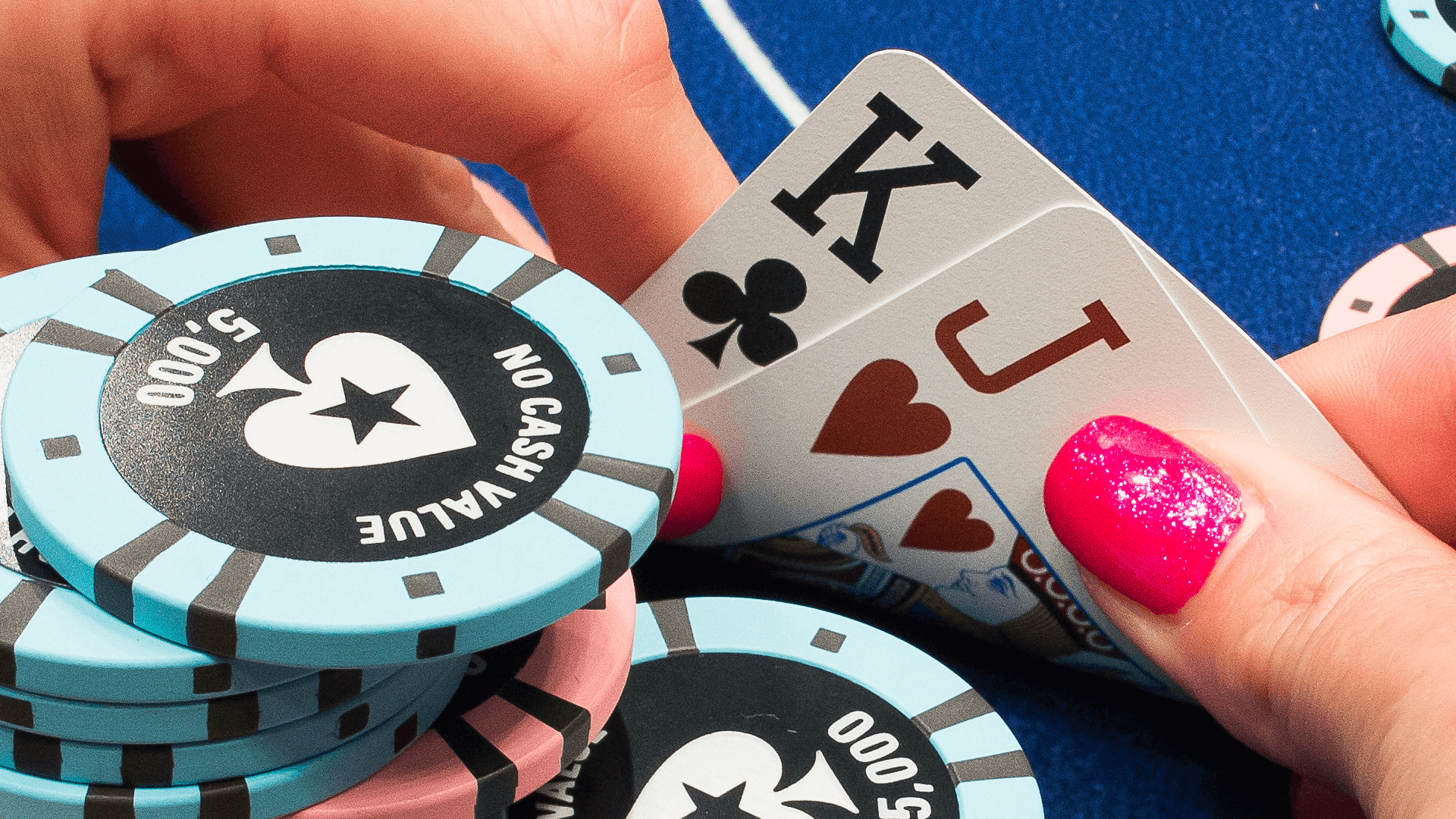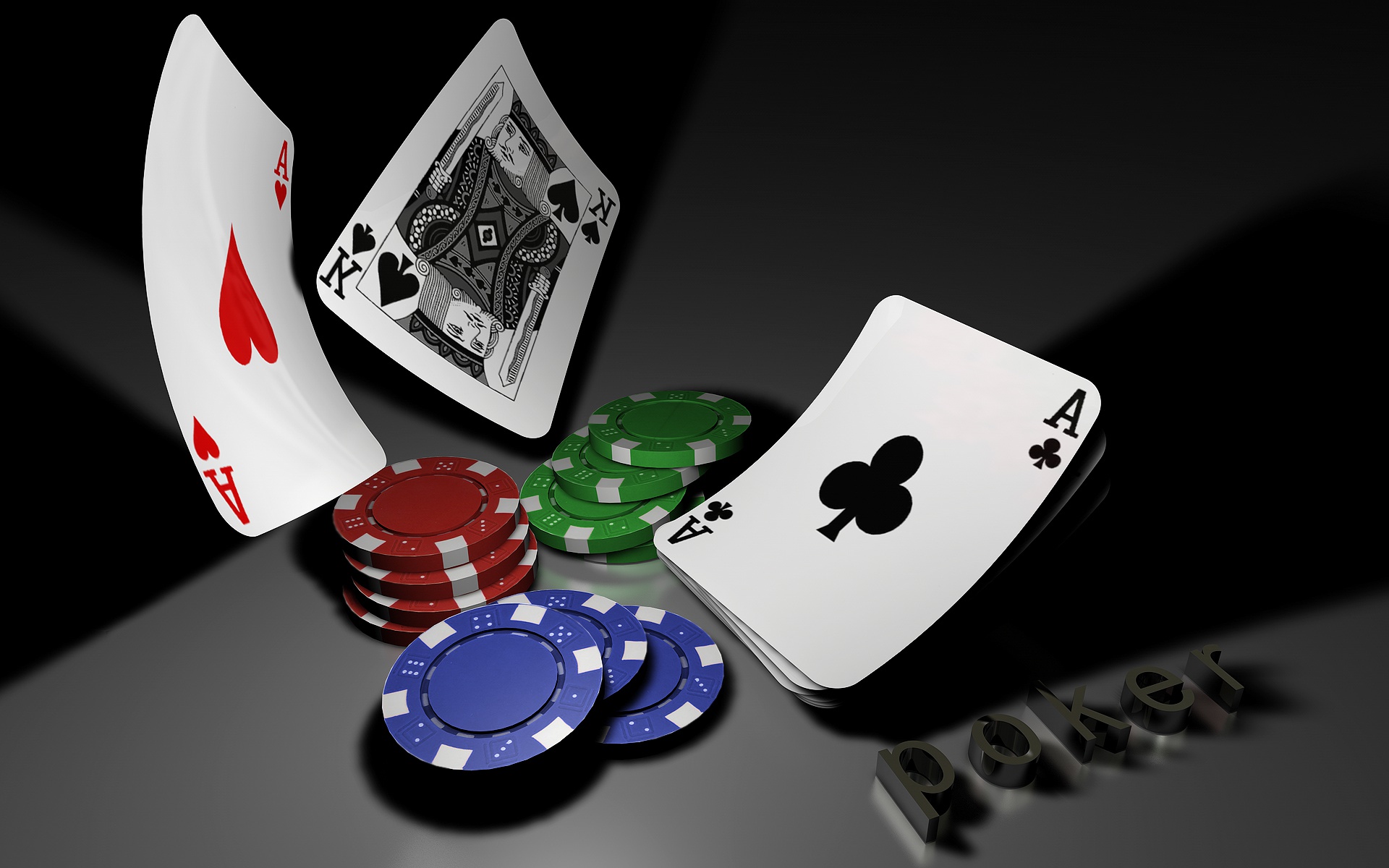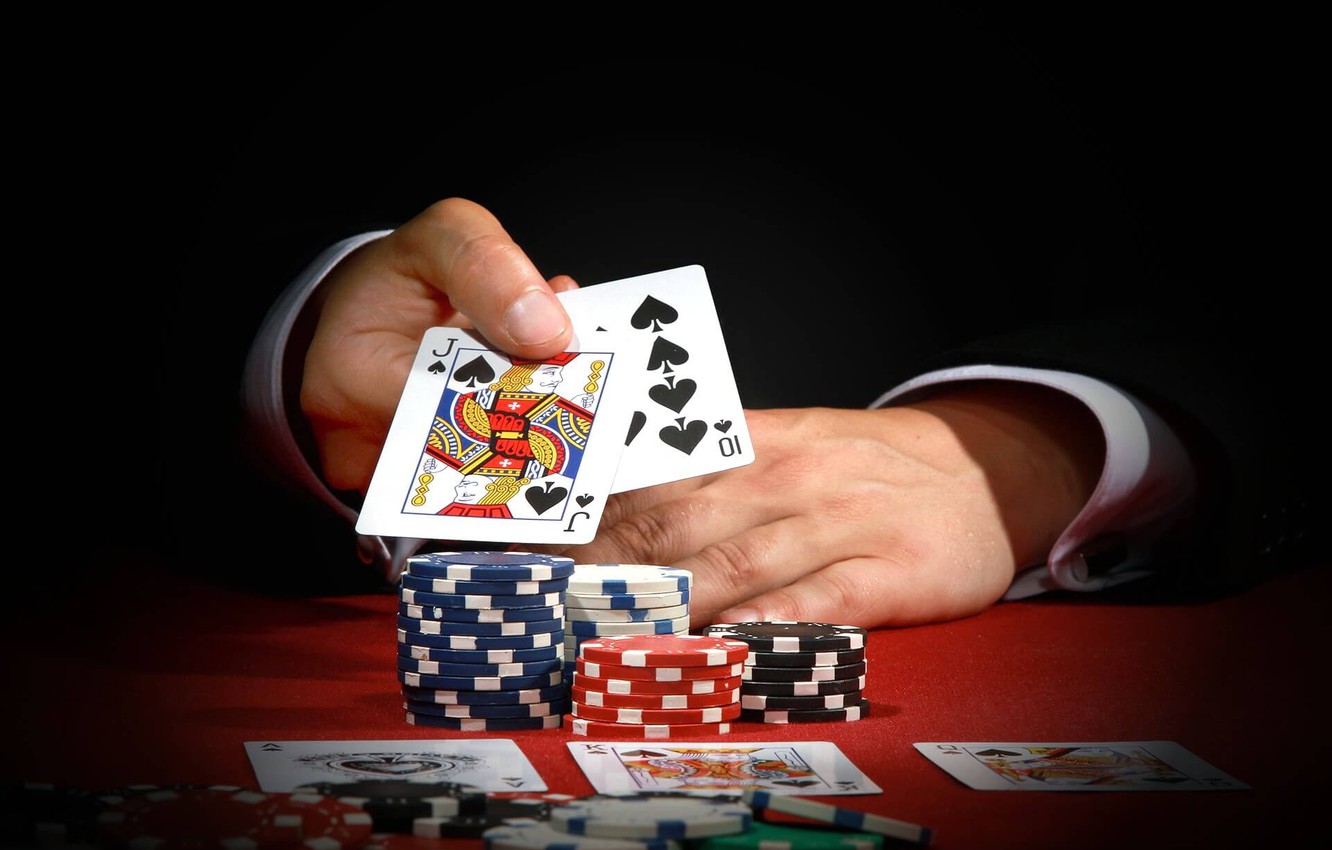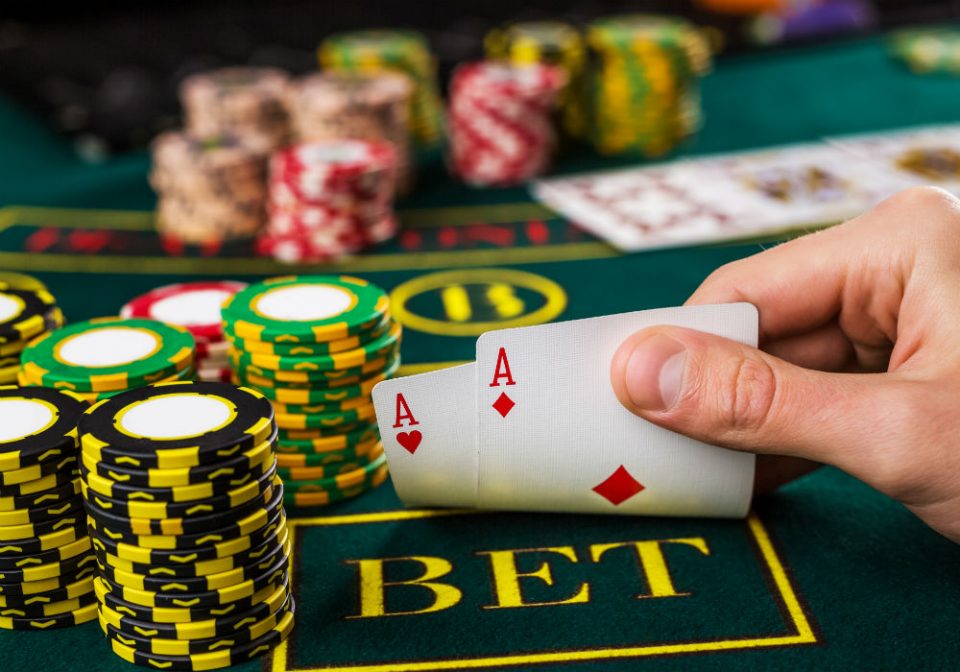Introduction
How To Distribute Poker Chips: Distributing poker chips is an essential aspect of setting up a poker game. The distribution of chips ensures fairness, establishes the starting stacks for each player, and sets the tone for the game. While there is no fixed formula for chip distribution, certain guidelines can help create an enjoyable and balanced playing experience.
We will explore the considerations and steps involved in distributing poker chips. We will discuss factors such as the total number of chips available, the desired starting stack size, and the denominations of chips. Additionally, we will provide insights into common chip distributions for different player counts and share tips for handling any remaining chips. Whether you are hosting a casual home game or organizing a tournament, understanding how to distribute poker chips effectively will contribute to the smooth running of the game and ensure a level playing field for all participants.

What is a good distribution of poker chips?
Generally speaking, it is reasonable for each player to have about 50 chips to start with. A standard chip set usually contains about 300 chips, which come with 4 color variations: 100 pieces for white, 50 pieces for each of the other colors. This type of set is basically enough for 5-6 players to play comfortably.
The distribution of poker chips can vary depending on the number of players and the desired structure of the game. However, a commonly recommended distribution for a standard game with 4-6 players is as follows:
- 500 chips in total
- 150 chips of $5 value
- 150 chips of $25 value
- 100 chips of $100 value
- 100 chips of $500 value
This distribution provides a good balance between lower and higher denomination chips, allowing for a variety of bet sizes and ensuring players have enough chips to participate in the game comfortably. Adjustments can be made based on the specific needs of the game, such as increasing the number of higher denomination chips for higher stakes games or increasing the total number of chips for larger player groups.
How do you evenly distribute poker chips?
For most home game tournaments, a solid option is to have each player start with 3,000 chips using the following distribution:
- 8 Red $25 Chips.
- 8 White $100 Chips.
- 2 Green $500 Chips.
- 1 Black $1,000 Chips.
To evenly distribute poker chips among players, follow these steps:
1. Determine the total number of chips you have and the desired starting stack for each player. This will depend on factors such as the number of players and the structure of the game.
2. Divide the total number of chips by the number of players to calculate the base number of chips each player should receive. For example, if you have 500 chips and 5 players, the base would be 100 chips per player.
3. Take into account the different chip denominations you have. If you have chips of different values, distribute them in a way that allows for a balanced starting stack for each player. For example, if you have 100 chips of $5 value and 100 chips of $25 value, you could give each player 20 chips of $5 and 10 chips of $25, resulting in a starting stack of $150.
4. If the base number of chips does not evenly divide by the number of players, distribute the remaining chips as equally as possible among the players. This may result in a few players having slightly more or fewer chips, but the goal is to maintain fairness.
Remember to communicate the chip distribution clearly to all players before the game starts to ensure transparency and avoid any confusion or disputes.
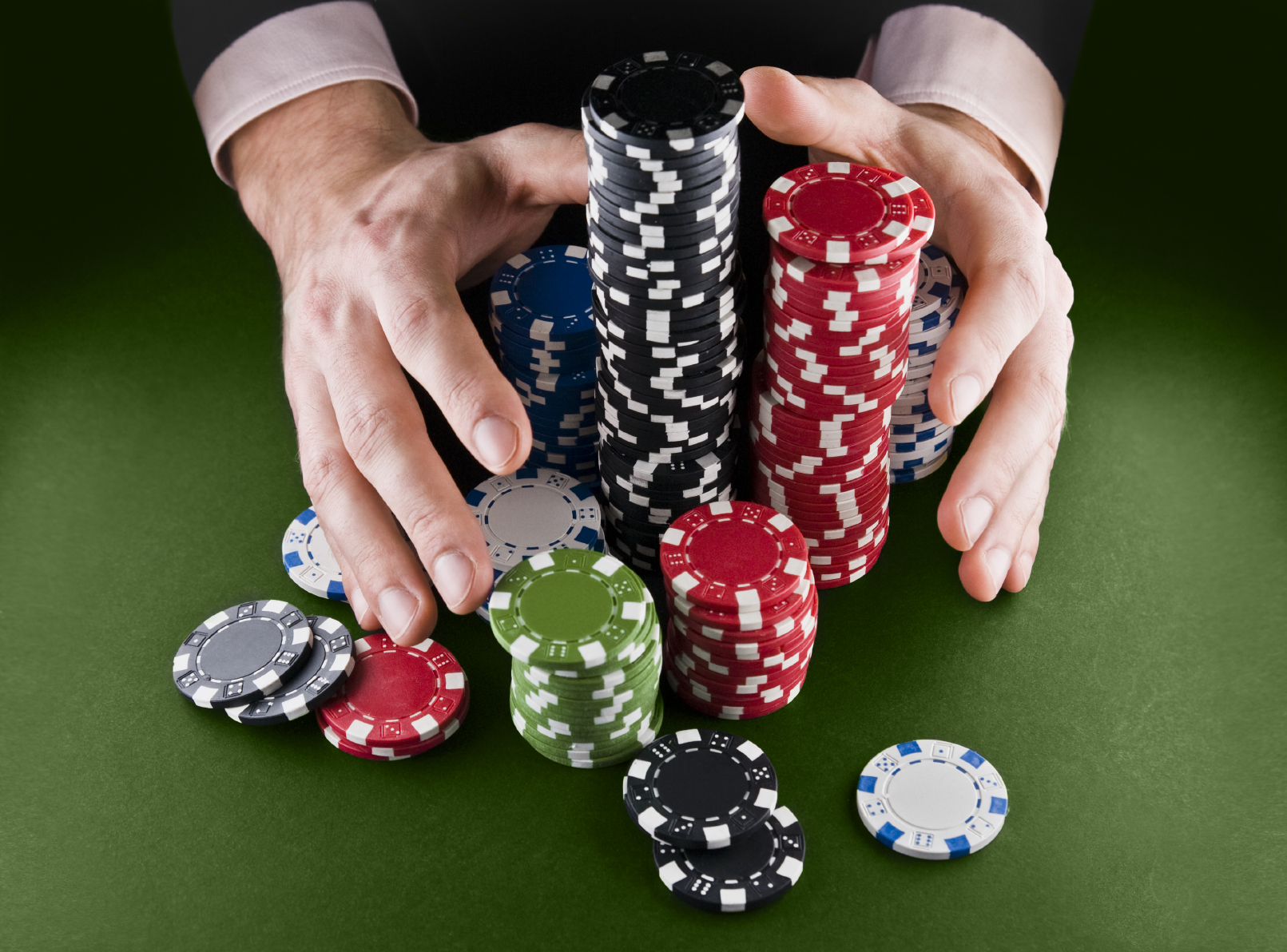
How many cards should be distributed in poker?
Every player is dealt two cards, for their eyes only. The dealer spreads five cards – three at once, then another, then another – which can be used by all players to make their best possible five-card hand.
In most standard poker games, each player is initially dealt a certain number of private cards, which may vary depending on the specific poker variant being played. The two most common variants are:
1. Texas Hold’em: Each player is dealt two private hole cards that are only visible to them.
2. Omaha: Each player is dealt four private hole cards, and they must use exactly two of these hole cards, in combination with three community cards, to form their final hand.
Other variants of poker, such as Seven-Card Stud or Five-Card Draw, involve different numbers of cards being distributed to each player during the course of the game.
It’s important to note that the number of cards distributed can vary based on the specific rules and variations being played. Therefore, it is recommended to familiarize yourself with the rules of the particular poker variant you are playing to determine the exact number of cards that should be distributed to each player.
How much poker chips does each player get?
Assuming you start with a standard $1,500 stack made up of high and low value poker chips, you can get away with using around 10-15 chips per person. Similarly, if you were running a multi-table tournament, you could start with a stack worth $3,000 and give each player 20-30 chips.
The number of poker chips each player gets can vary depending on factors such as the total number of chips available and the desired starting stack size for the game. However, a common recommendation for a standard poker game with 4-6 players is to provide each player with a starting stack of around 50-100 big blinds.
To calculate the number of chips for each player, you can follow these steps:
1. Determine the total number of chips available.
2. Decide on the desired starting stack size, usually measured in big blinds. For example, if the blinds are 25/50, a starting stack of 50 big blinds would be 2,500 chips.
3. Divide the total number of chips by the desired starting stack size to determine the number of chips each player receives. For instance, if you have a total of 10,000 chips and a starting stack of 2,500 chips, each player would receive 4 chips.
It’s important to note that these numbers are just general guidelines, and you can adjust them based on your specific game preferences and the stakes being played. The goal is to provide each player with enough chips to comfortably participate in the game and ensure an enjoyable playing experience.
Why are poker chips so expensive?
It’s all about the quality of the original material. So, a cheaper plastic that was used will mean a lower quality chip, while there are also plastics made at a higher standard that can rank higher.
Poker chips can vary in price depending on factors such as their quality, materials used, and design. Here are a few reasons why some poker chips may be more expensive:
1. Material and Construction: High-quality poker chips are often made of clay, ceramic, or composite materials. These materials are more durable and have a better feel compared to cheaper plastic chips. The manufacturing process and the materials used contribute to the overall cost.
2. Weight and Balance: Poker chips come in different weights, with heavier chips typically considered more desirable. The weight and balance of chips are achieved through precision manufacturing and may add to the cost.
3. Design and Artwork: Custom-designed or branded poker chips may have intricate artwork, logos, or unique features. The process of designing, printing, and embedding such details can increase the cost.
4. Limited Edition or Collectible Sets: Some poker chips are produced in limited quantities or as part of special editions, making them more valuable and sought after by collectors. The rarity and exclusivity of these sets contribute to their higher price.
5. Brand Reputation: Well-known brands that have established a reputation for high-quality poker chips may charge a premium for their products. The brand recognition and trust associated with these companies can justify higher prices.
While there are expensive poker chip options available, there are also more affordable options for recreational players. Ultimately, the price of poker chips depends on factors like materials, craftsmanship, and branding, which can affect their overall quality and cost.
What factors should be considered when determining the starting stack size for each player during the chip distribution in a poker game?
When determining the starting stack size for each player during chip distribution in a poker game, several factors should be considered:
1. Game Format: The format of the game, such as cash game or tournament, can influence the starting stack size. Tournaments often have standardized starting stack sizes, while cash games may allow for more flexibility.
2. Blind Levels: The blind levels or betting structure of the game can impact the starting stack size. Higher blind levels may require larger starting stacks to allow for strategic play.
3. Skill Level and Experience: Consider the skill level and experience of the players. If you have a mix of novice and experienced players, a deeper starting stack can provide more playing opportunities for less experienced players.
4. Duration of the Game: The anticipated duration of the game can influence the starting stack size. Longer games may require larger starting stacks to sustain gameplay and avoid early eliminations.
5. Player Preferences: Take into account the preferences of the players involved. Some players may enjoy more aggressive play with shorter stacks, while others may prefer a deeper stack for more strategic decisions.
By considering these factors, you can determine an appropriate starting stack size that enhances the overall playing experience and accommodates the dynamics of the poker game.
How can the distribution of poker chips be adjusted based on the total number of players to ensure a fair and balanced starting stack for everyone?
To ensure a fair and balanced starting stack for everyone, the distribution of poker chips can be adjusted based on the total number of players using the following guidelines:
1. Total Chip Count: Determine the total number of chips available for distribution. This will depend on factors such as the chip denominations and the desired chip count for the game.
2. Starting Stack Size: Decide on the desired starting stack size for each player. This can be determined based on factors like the game format, blind levels, and duration of the game.
3. Divide Equally: Divide the total chip count by the number of players to calculate the initial number of chips each player will receive. Ideally, distribute an equal number of chips to maintain fairness.
4. Chip Denominations: Consider the denominations of the chips to ensure a balanced distribution. It’s advisable to have a variety of chip denominations that allow for proper chip value progression throughout the game.
5. Adjustments for Odd Chips: If there are any remaining chips after the equal distribution, consider making adjustments to ensure fairness. This can be done by awarding extra chips randomly, holding a mini-auction, or distributing them based on player positions.
By adjusting the distribution of poker chips based on the total number of players, you can create a level playing field and provide each player with an equal opportunity to participate in the game.
What are some common strategies for distributing remaining chips in a way that maintains fairness and avoids disputes among players?
When distributing remaining chips to ensure fairness and avoid disputes among players, consider the following common strategies:
1. Random Allocation: Randomly allocate the remaining chips among players. This can be done by drawing chips from a bag or using a random number generator. Random allocation reduces the perception of bias and ensures an equal chance for all players to receive extra chips.
2. High Card Draw: Conduct a high card draw among players to determine who receives the remaining chips. Each player selects a card from a shuffled deck, and the player with the highest card gets the first pick of the extra chips. Continue this process until all the remaining chips are distributed.
3. Auction or Bid: Hold a mini-auction or bidding process where players can use their existing chips to bid on the extra chips. The player who bids the highest gets the extra chips, and the bidding process can continue until all the chips are allocated.
4. Performance-Based Allocation: Allocate the remaining chips based on player performance. For example, distribute the chips to the players who have accumulated the most wins or have the highest chip counts. This rewards skill and success in the game.
5. Seat Position Rotation: Rotate the distribution of remaining chips based on seat positions. Start with the player in a specific seat and move clockwise, allowing each player to choose a certain number of chips until they are all distributed.
These strategies help maintain fairness and mitigate disputes by introducing an element of chance, competition, or performance into the allocation process. It’s important to communicate the chosen strategy clearly to all players to ensure transparency and minimize potential conflicts.
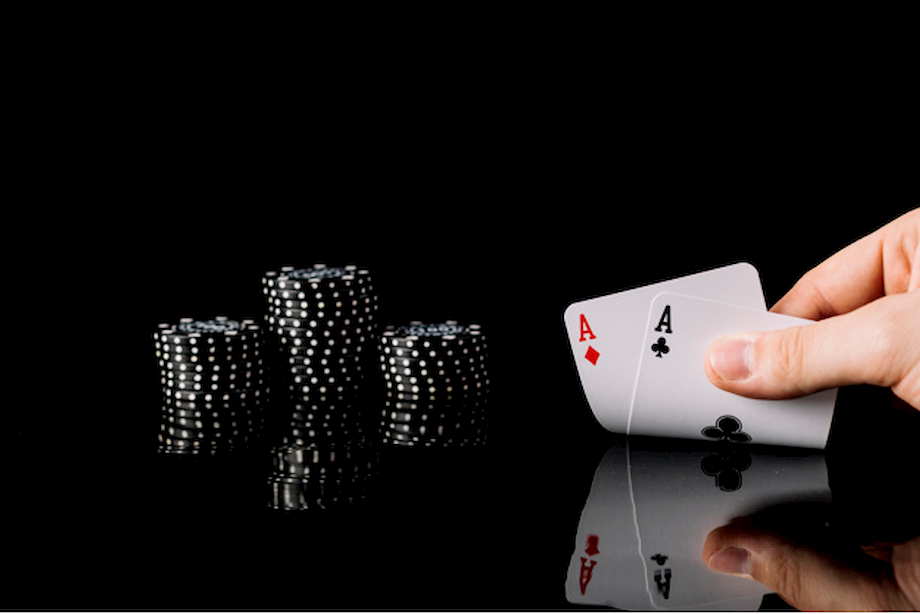
Conclusion
Distributing poker chips is a crucial part of setting up any poker game. By following proper guidelines and considering factors such as the total number of chips, desired starting stack size, and chip denominations, you can ensure fairness and balance among players. A well-executed chip distribution not only establishes the ground work for the game but also enhances the overall experience for all participants.
Throughout this guide, we have discussed various aspects of distributing poker chips, including recommended distributions for different player counts and tips for handling remaining chips. By understanding these principles, you can create a comfortable playing environment that allows players to focus on their strategies and enjoy the game.
Remember, chip distribution is not just about the physical act of handing out chips; it is about creating an equitable playing field and setting the stage for an exciting poker experience. Whether you are hosting a casual game with friends or organizing a tournament, mastering the art of chip distribution is an essential skill that will contribute to the success and enjoyment of your poker games.







